Antarctica, the southernmost continent on Earth, spans approximately 14 million square kilometers. It is one of the coldest, most remote, and least inhabited places on the planet. Despite its harsh conditions, this frozen continent is home to a surprising number of unique and resilient animal species.
In this article, we introduce you to 25 representative Antarctic animals, highlighting their physical features, feeding habits, and their role in the region’s ecosystem.
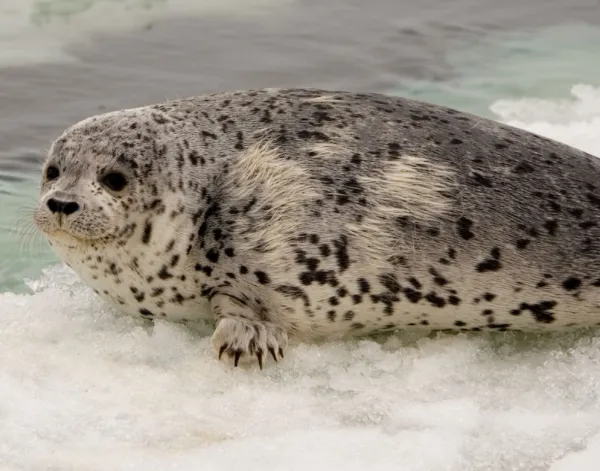
Appearance: Black back, white belly, and distinctive orange patches near the ears and neck.
Size & Lifespan: The second-largest penguin species, with a lifespan of up to 25 years in the wild.
Habits: Dives deeper than 100 meters and forms massive colonies of up to 200,000 individuals, especially in South Georgia Island.
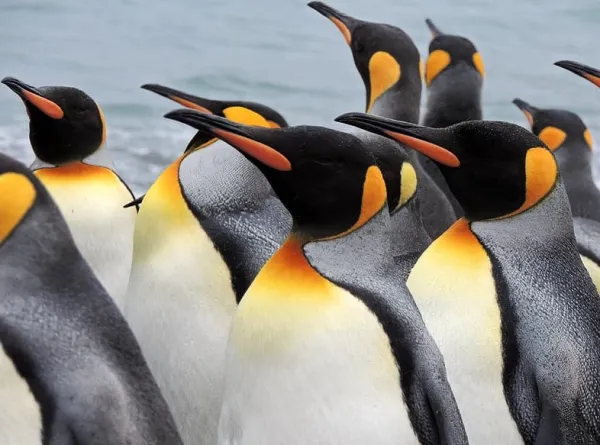
Appearance: Silvery-brown coat with spotted patterns, more pronounced in pups.
Diet: Feeds on crustaceans, fish, and cephalopods.
Diving Skills: Can dive up to 600 meters and stay underwater for 80 minutes due to high red blood cell count and blood volume.
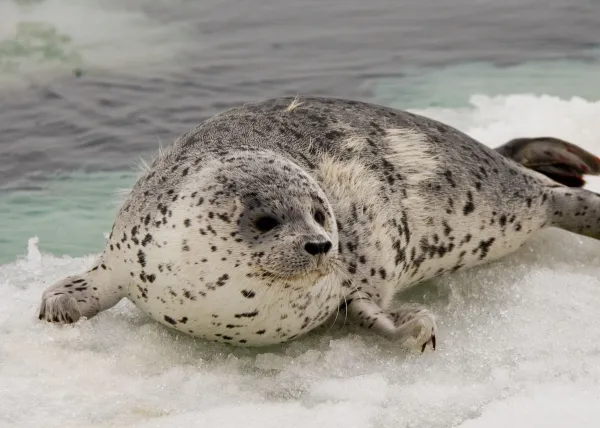
Temperament: One of the most aggressive predators in Antarctica.
Appearance: Dark gray back and lighter gray underbelly.
Diet: Carnivorous and solitary, known to prey on penguins, fish, and even other seals.
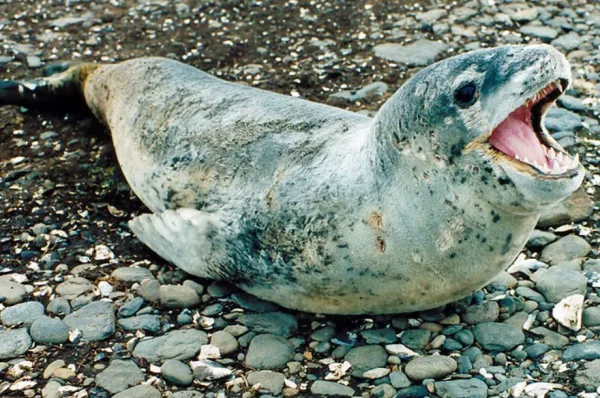
Size: Among the smallest animals in Antarctica, with a translucent pinkish body and yellowish parts.
Ecological Role: A keystone species in the food web, serving as a primary food source for whales, seals, penguins, and fish.
Lifespan: Up to 5 years; over 85 species of krill are known worldwide.
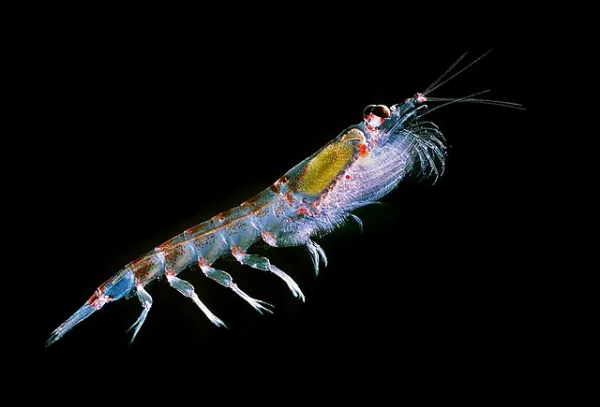
Appearance: Black upper body, white belly, and characteristic facial feathers around the beak.
Speed & Lifespan: Can reach speeds of up to 75 km/h; lives between 11 and 20 years.
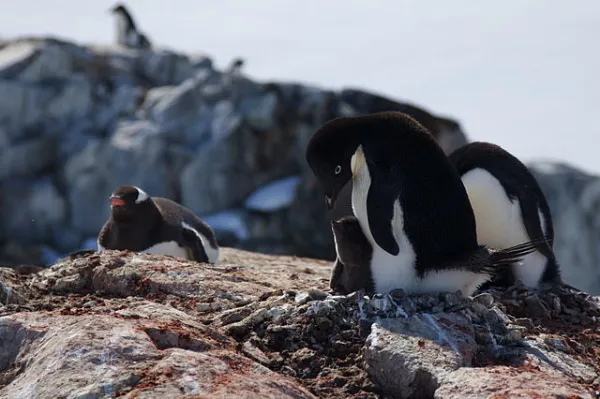
Looks: Resembles a large dark-colored gull.
Behavior: Aggressive scavenger; steals food from other seabirds and can attack to protect nesting areas.
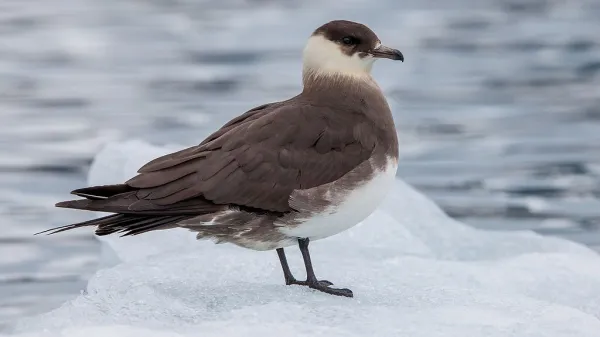
Size: The largest of all penguin species.
Appearance: Black back and head, white belly, and yellow patches around the neck.
Diving Ability: Can dive as deep as 550 meters and stay submerged for up to 20 minutes.
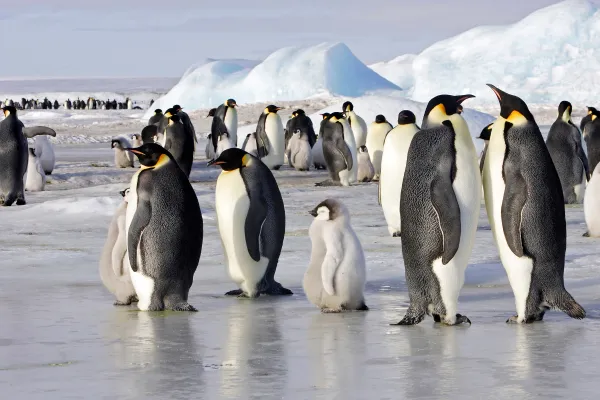
Unique Trait: Known as the "blue-eyed shag" due to its vivid blue eyes.
Size: Measures 70–80 cm in length and weighs up to 3.5 kg.
Feather Property: Partially non-waterproof feathers help it dive by increasing body weight when wet.
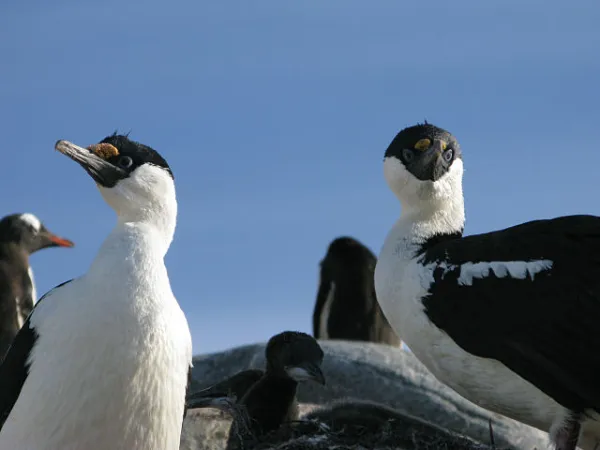
Record Holder: The largest animal to have ever lived on Earth.
Size: Can reach lengths of 24–27 meters and weigh up to 150 tons; some individuals have been recorded at over 30 meters and 170 tons.
Feeding: Filter-feeds mainly on krill; frequent visitor to Antarctic waters.
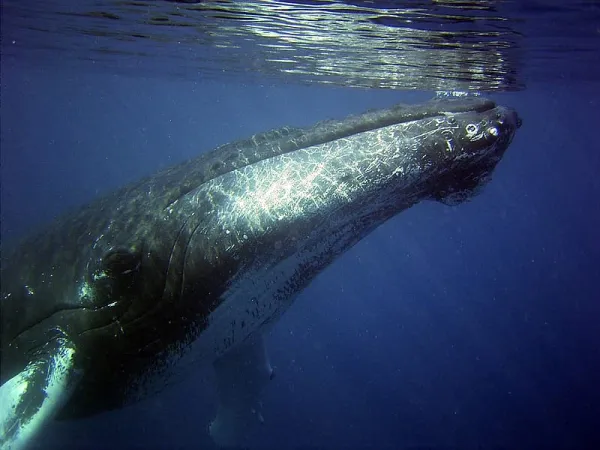
Appearance: Small bird with a brown head that fades into a white chest and belly.
Diet: Feeds on krill, squid, and small Antarctic fish.
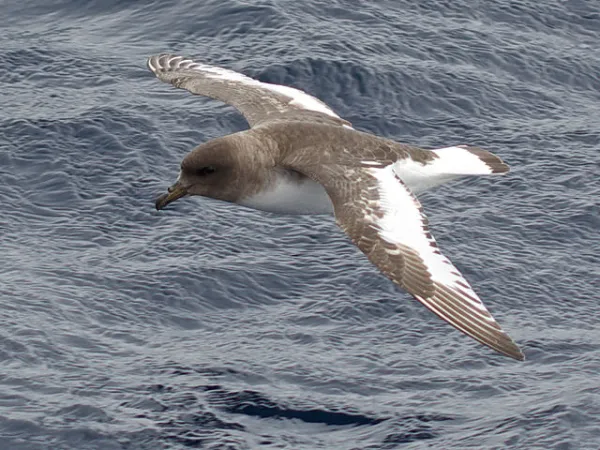
In addition to the species listed above, Antarctica is home to a rich variety of other animals, including:
Chinstrap Penguin (Pygoscelis antarctica)
Macaroni Penguin (Eudyptes crestatus)
Magellanic Penguin (Spheniscus magellanicus)
Wandering Albatross (Diomedea exulans)
Amsterdam Albatross (Diomedea amsterdamensis)
Tristan Albatross (Diomedea dabbenena)
Cape Petrel (Daption capense)
Giant Petrel (Macronectes giganteus)
Snowy Sheathbill (Chionis alba)
Southern Elephant Seal (Mirounga leonina)
Crabeater Seal (Lobodon carcinophagus)
Fin Whale (Balaenoptera physalus)
Humpback Whale (Megaptera novaeangliae)
Southern Right Whale (Eubalaena australis)
Dusky Dolphin (Lagenorhynchus obscurus)
Learn more in our guide: “Animals of the North and South Poles”
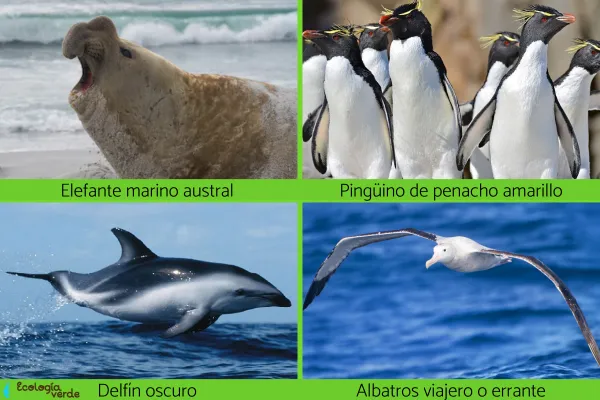
Despite its remote and pristine appearance, climate change poses a significant threat to Antarctic wildlife. Rising temperatures and melting ice are leading to severe habitat loss.
Notable endangered species in the region include:
Southern Right Whale (Eubalaena australis)
Blue Whale (Balaenoptera musculus)
Magellanic Penguin (Spheniscus magellanicus)
Amsterdam Albatross (Diomedea amsterdamensis)
Tristan Albatross (Diomedea dabbenena)
Antarctic Krill (Euphausia superba)
Crabeater Seal (Lobodon carcinophagus)
The list of endangered Antarctic species continues to grow as climate change accelerates.
For more insights on polar wildlife and conservation, visit our category “Wild Animals” or read more about how global warming is reshaping Antarctic ecosystems.
Bibliography
GreenPeace. 10 surprising facts about Antarctica's unknown krill: https://en.greenpeace.org/news/10-surprising-facts-about-antarctica-krill/
OceanWide Expeditions. The King Penguin: https://oceanwide-expeditions.com/en/featured/wildlife/pinguino-rey
Very interesting. 10 things you didn't know about Antarctica: https://www.muyinteresante.es/science/article/ten-things-that-you-didn't-know-about-antarctica
National Geographic. The Blue Whale: https://www.nationalgeographic.es/animals/ballena-azul
SEO BirdLife. The Great Skua: https://www.seo.org/ave/pagalo-grande/
animal tags: animals antarctica
We created this article in conjunction with AI technology, then made sure it was fact-checked and edited by a Animals Top editor.